Last updated: October 8, 2021
Article
Gulf of Maine
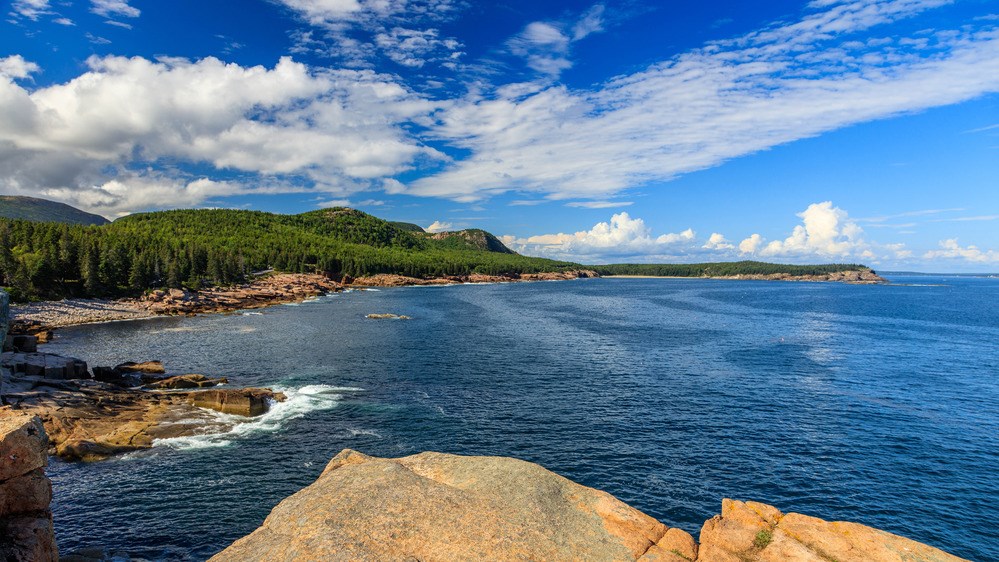
NPS Photo/Kristi Rugg
The Gulf of Maine is also one of the fastest-warming ocean regions, with average surface temperatures rising faster than 99% of marine waters around the world. As human activities continue to alter climate conditions, the shores of Acadia National Park will see significant changes.
Current Affairs
The Gulf of Maine is a semi-enclosed sea, bordered by the coastlines of Massachusetts, New Hampshire, Maine, New Brunswick, and Nova Scotia. Under the surface, the elevated sea floor of George’s Bank shapes the flow of currents and divides the Gulf of Maine from the Atlantic Ocean south of Cape Cod.Two major currents, the Labrador Current and Gulf Stream, meet just outside this boundary. Within the Gulf of Maine, the coastline alters the course of cold water flowing into the Bay of Fundy, forming a gyre that deflects water southward.
As ocean water moves throughout the gulf, it transports heat, sediment, nutrients, and a variety of small organisms unable to swim against the current known as plankton. Currents carry the building blocks of the ecosystem on which all other marine life depends.
Shifting Conditions
“It is a curious situation that the sea, from which life first arose, should now be threatened by the activities of one form of that life. But the sea, though changed in a sinister way, will continue to exist; the threat is rather to life itself.” -Rachel Carson, The Sea Around UsAnthropogenic, or human-caused, climate change is already altering conditions in the Gulf of Maine. Understanding changes in surface temperatures, sea level, currents, acidity, and salinity will help protect this unique place into the future.
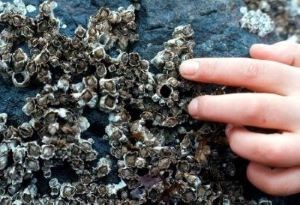
NPS Photo
Salinity
Melting Arctic sea ice is increasingly mixing with Gulf of Maine waters. In combination with changes in precipitation, this additional freshwater input to the gulf will change the salinity of the water. These changes will alter the structure of plankton communities, favoring certain species and leading to a cascade of effects throughout the marine food web.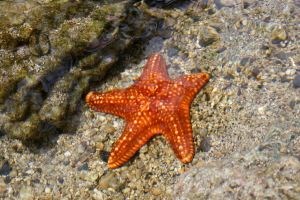
NPS Photo
Ocean Acidification
Much of the carbon dioxide emitted through human activity has been absorbed by Earth’s oceans. This has changed the chemical composition of ocean waters around the world. As the ocean becomes more acidic, fewer carbonate ions are available for marine animals that develop calcium carbonate shells and skeletons. Many tide pool animals in Acadia form shells that help them survive in the rocky intertidal zone.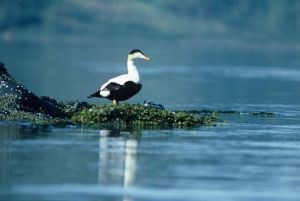
NPS Photo
Sea Level Rise
Warming water temperatures and melting ice are causing sea levels to rise on the coast of Maine and around the world. In the Gulf of Maine, shoreline habitats such as remote offshore islands, sand dunes, and rocky intertidal zones are important breeding grounds for shorebirds. Higher sea levels will also increase the impact of more severe storms and flooding, both tied to climate change, on coastal communities and parks. Different emissions scenarios cause projected sea level rise to range from 1 to 10 feet by 2100 (NOAA 2017), so actions taken today still have the power to change the future of Acadia’s coastline.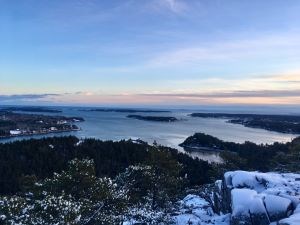
NPS Photo/Emma Lanning
Currents
The relationship between the Gulf of Maine’s strongest currents is changing. The cold water of the Labrador Current contains an increased amount of freshwater as a result of melting sea ice, and the warm Gulf Stream waters continue to shift north. The interplay between these two forces is the key to understanding climate change in the Gulf of Maine, as the ranges of marine species depend upon the existence of specific thermal habitats, or areas with a certain range of water temperatures.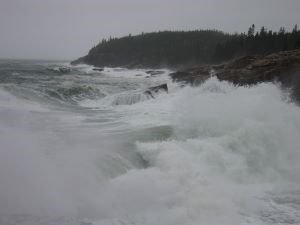
NPS Photo/S. West
